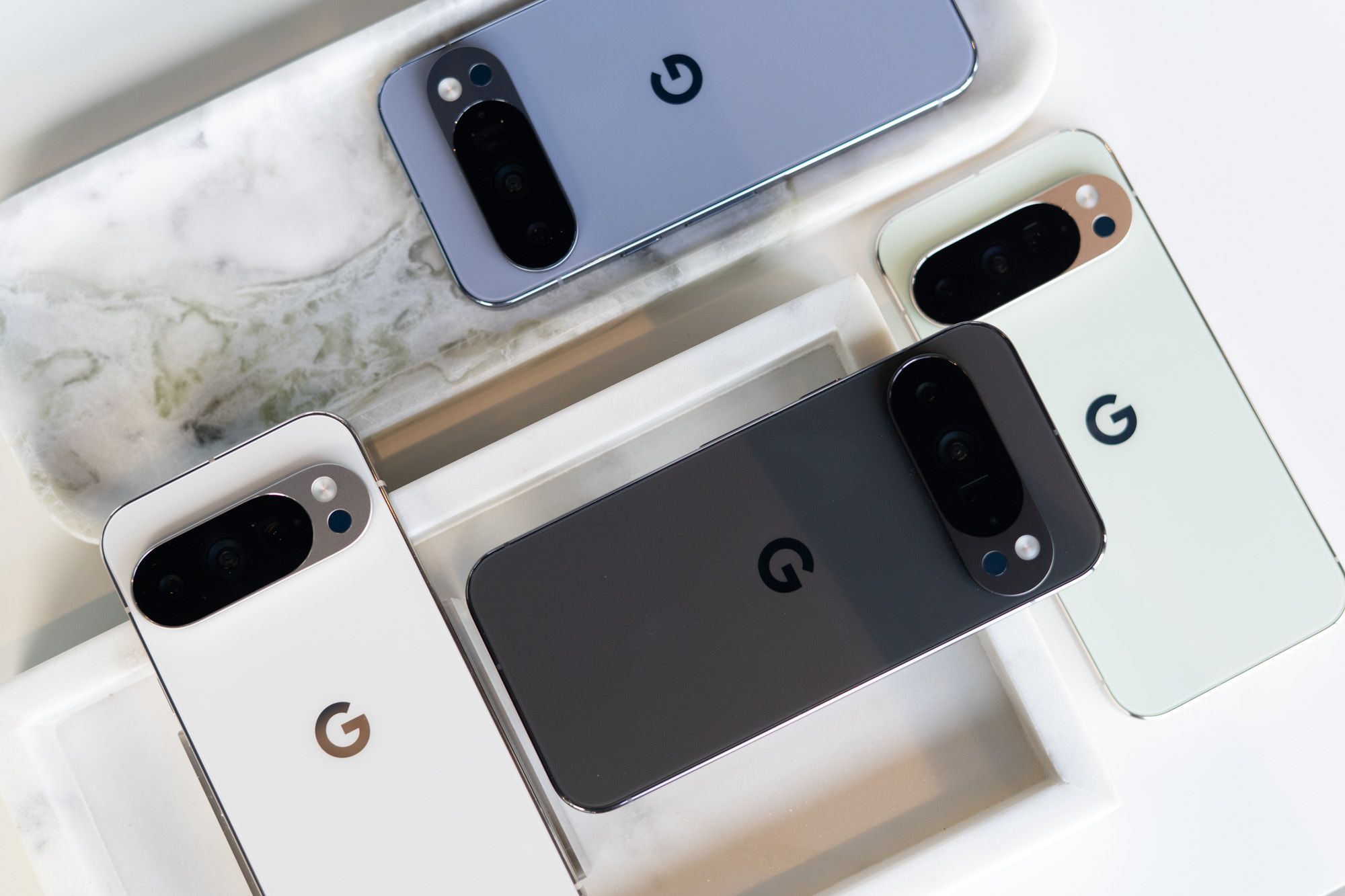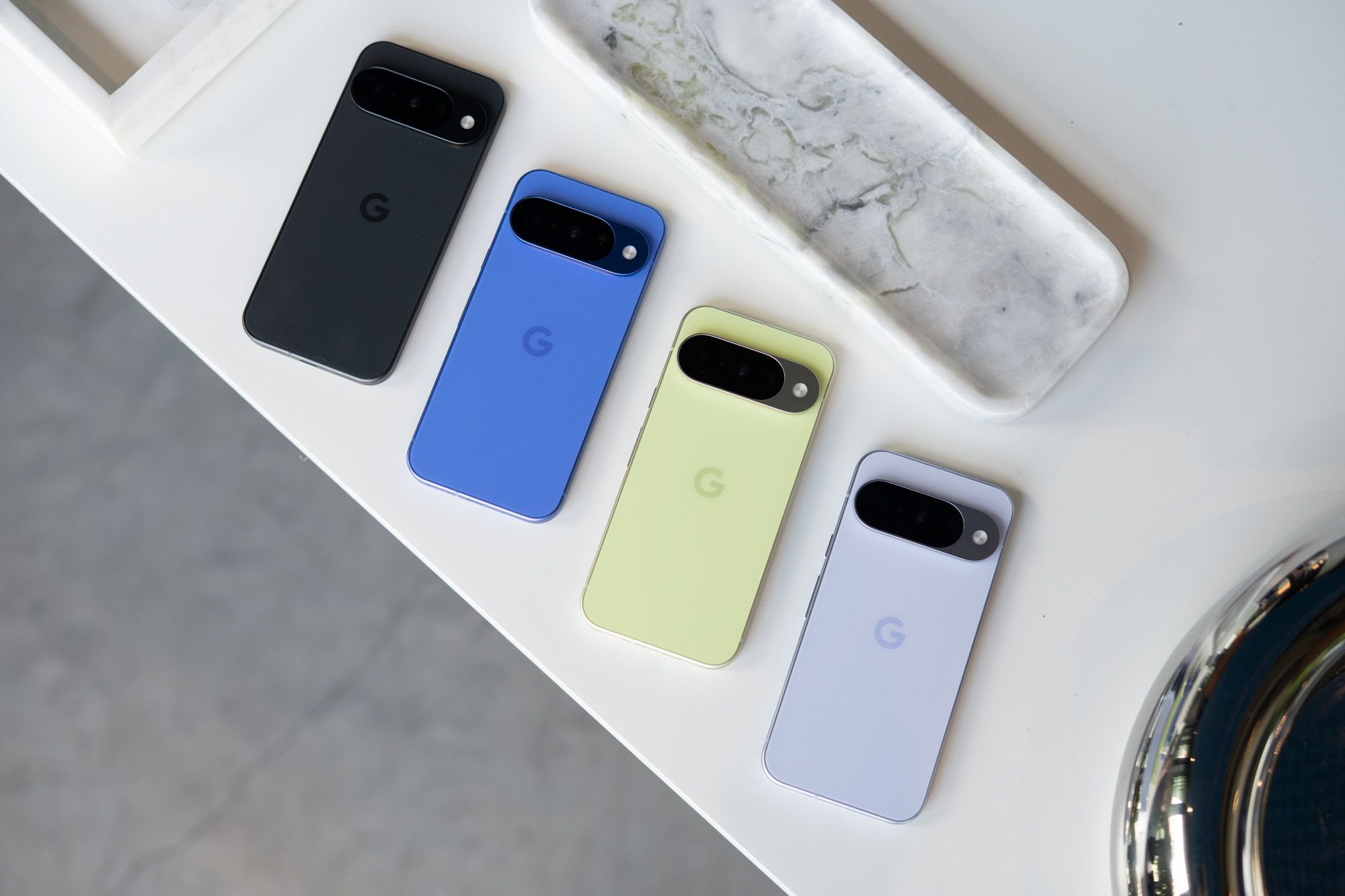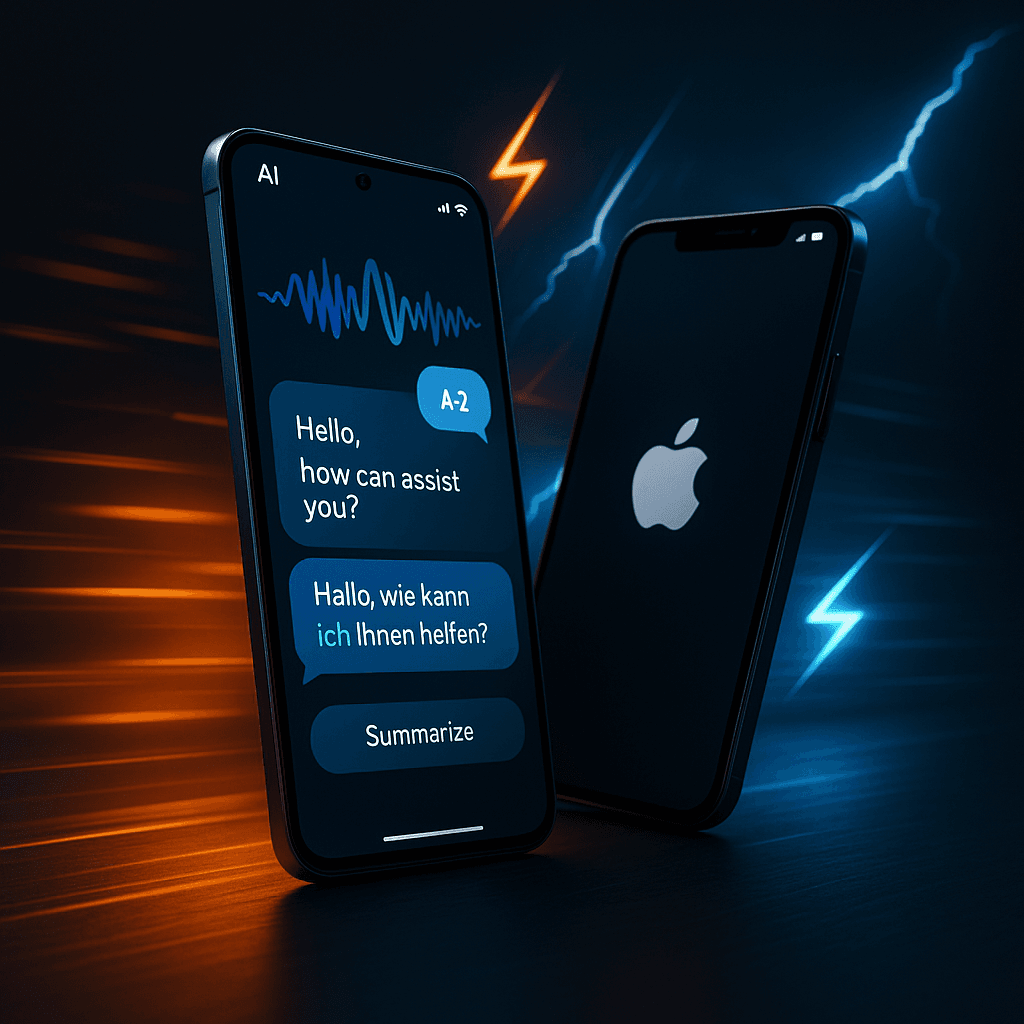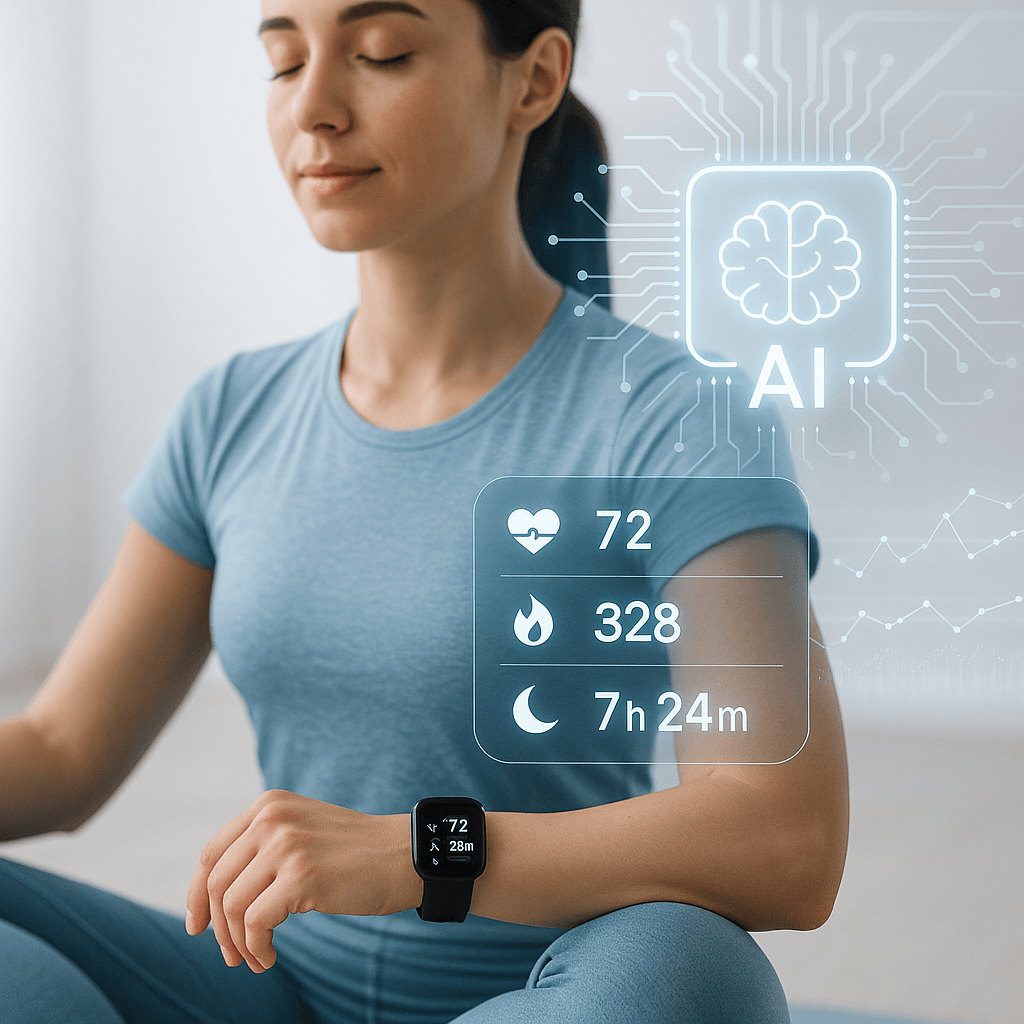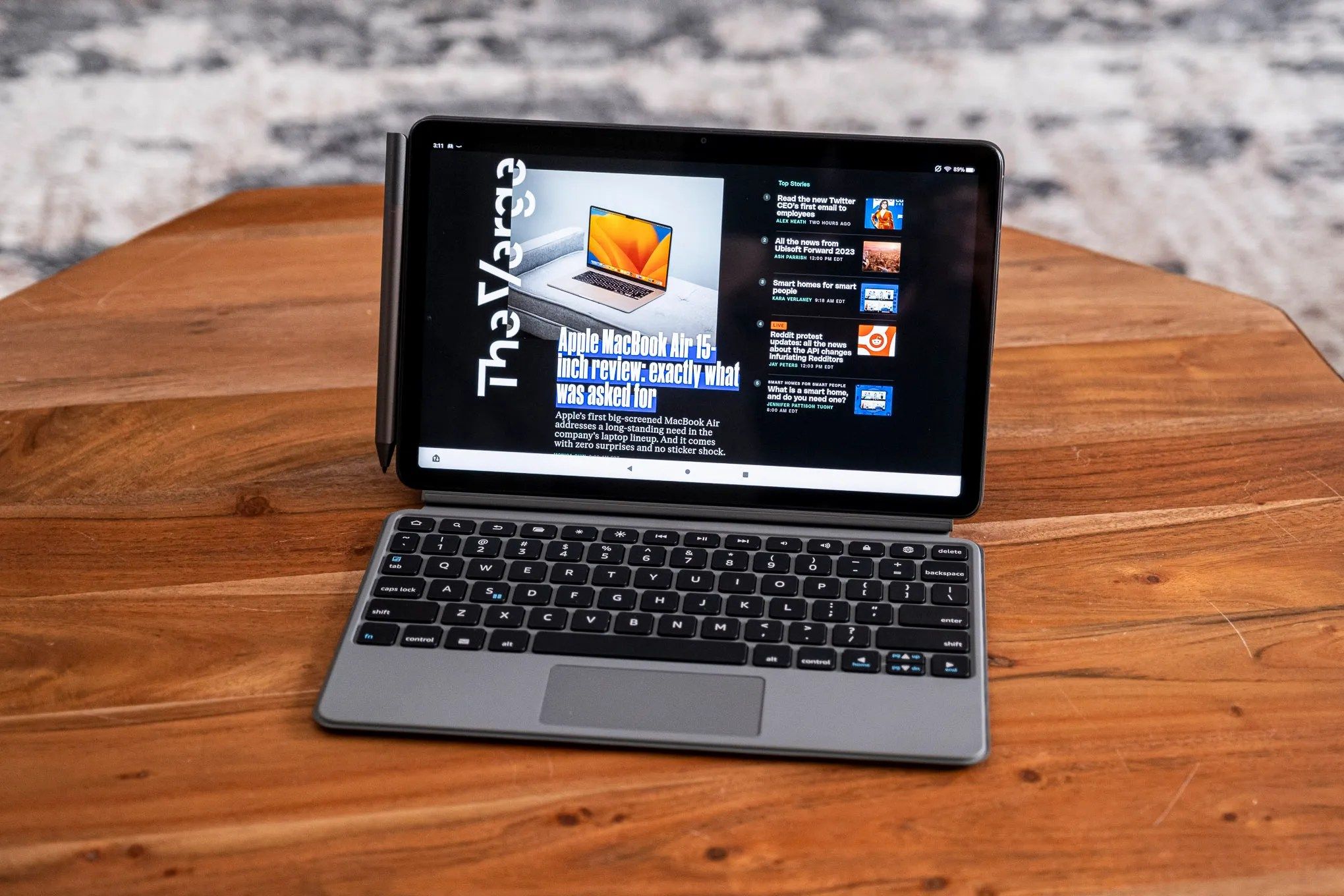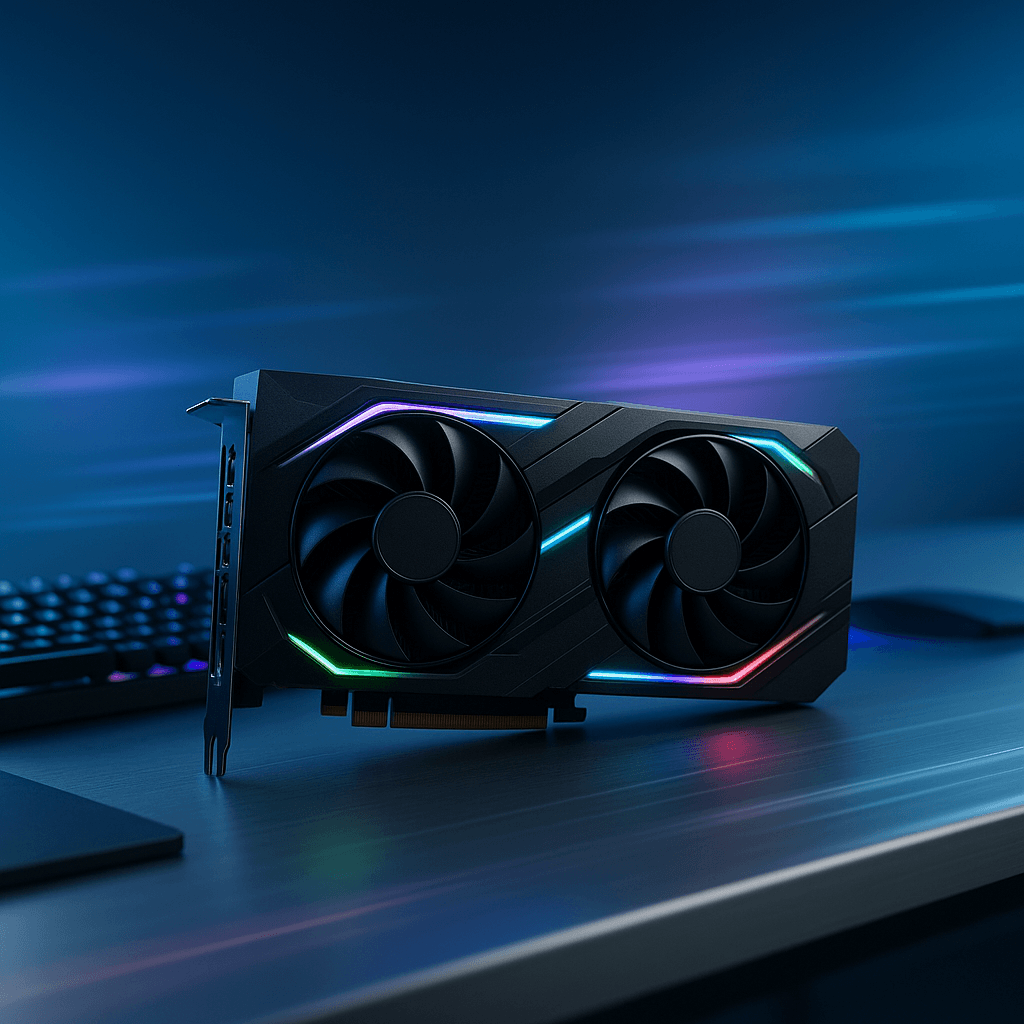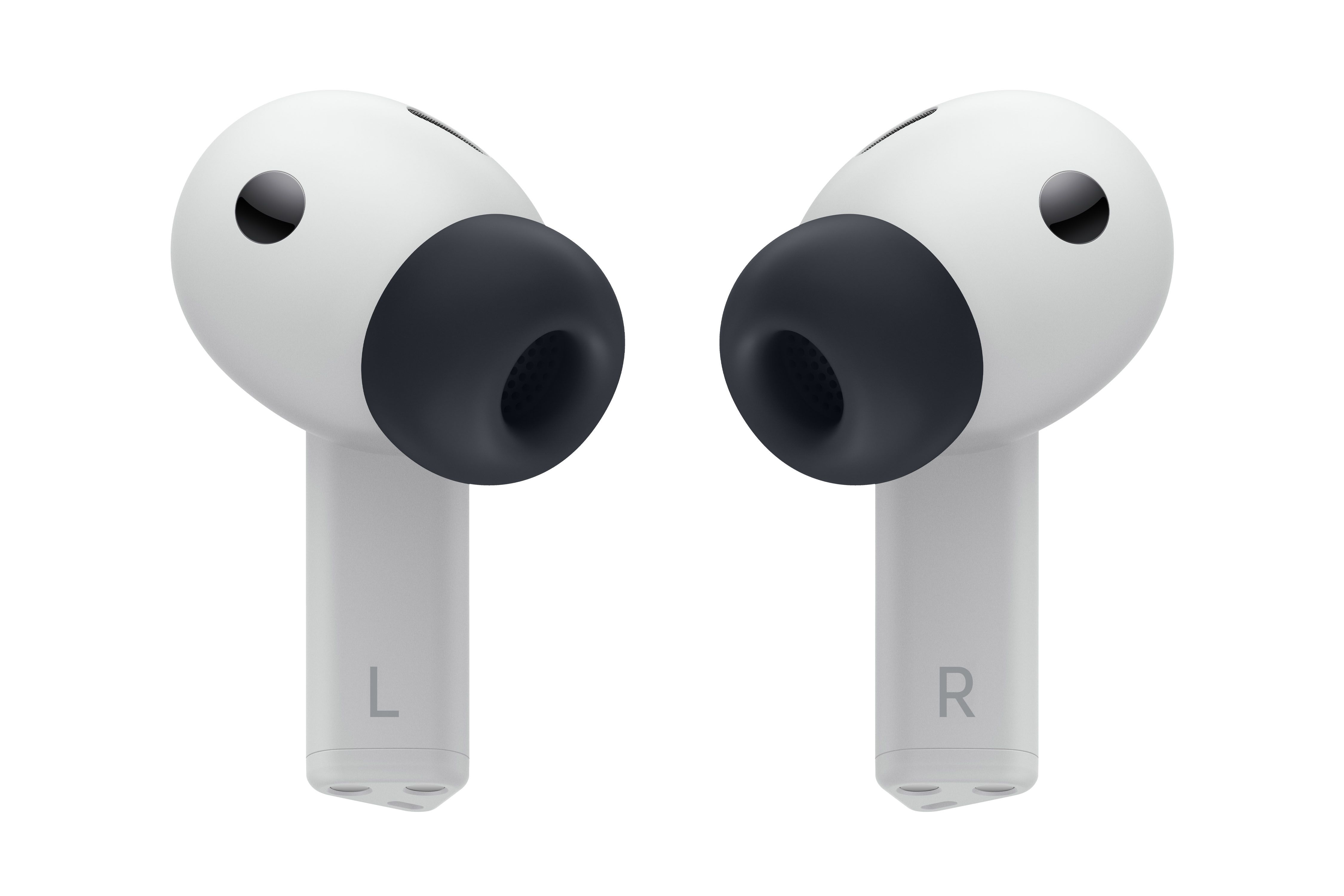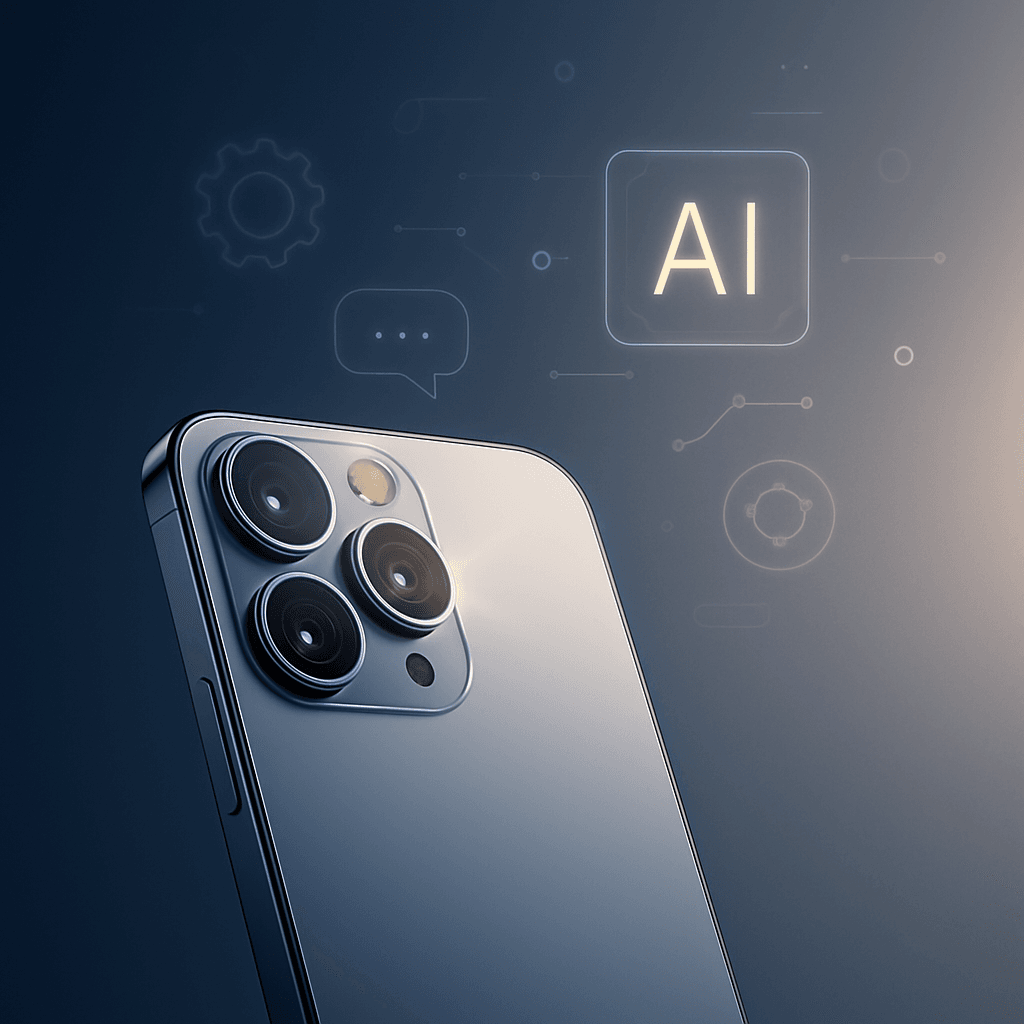Google just dropped the Pixel 10 lineup, and the base model is stealing the spotlight. For the first time, Google's $799 standard Pixel gets a telephoto lens alongside the new MagSafe-style Pixelsnap magnetic system. The question every Android user is asking: is it worth upgrading from the Pixel 9?
Google just shook up the smartphone landscape with Wednesday's Pixel 10 announcement in New York, and the changes run deeper than the surface similarities suggest. The base Pixel 10 emerges as the surprise winner, packing features that were previously exclusive to Pro models while maintaining the $799 price point that made last year's Pixel 9 competitive.
The most transformative addition is Pixelsnap, Google's answer to MagSafe that fundamentally changes how you interact with your phone. The magnetic ring eliminates the daily frustrations of wireless charging misalignment and clunky car mounts. According to Google's testing data, the magnetic alignment achieves 99.2% charging efficiency compared to 87% for traditional wireless charging placement. Early hands-on reports suggest the magnets feel substantial without adding bulk, creating that satisfying snap iPhone users have enjoyed for years.
But the camera system tells a more complex story. For the first time, Google's standard Pixel gets a dedicated telephoto lens with 5x optical zoom, addressing one of the biggest complaints about the Pixel 9. Photography enthusiasts have been vocal about this gap, with DxOMark's analysis showing telephoto capability as increasingly crucial for flagship camera rankings. The new 10.8-megapixel telephoto sensor offers Super Res Zoom up to 20x, doubling the digital zoom range from the Pixel 9's 8x maximum.
However, Google made trade-offs elsewhere in the camera array. The main sensor drops from 50 megapixels to 48 megapixels, while the ultrawide camera takes a more significant hit, falling from 48 megapixels to just 13 megapixels. This represents a curious strategy shift that prioritizes telephoto reach over ultrawide detail capture. The new Tensor G5 chip promises to compensate through improved computational photography, but real-world testing will determine if the processing gains offset the sensor downgrades.
